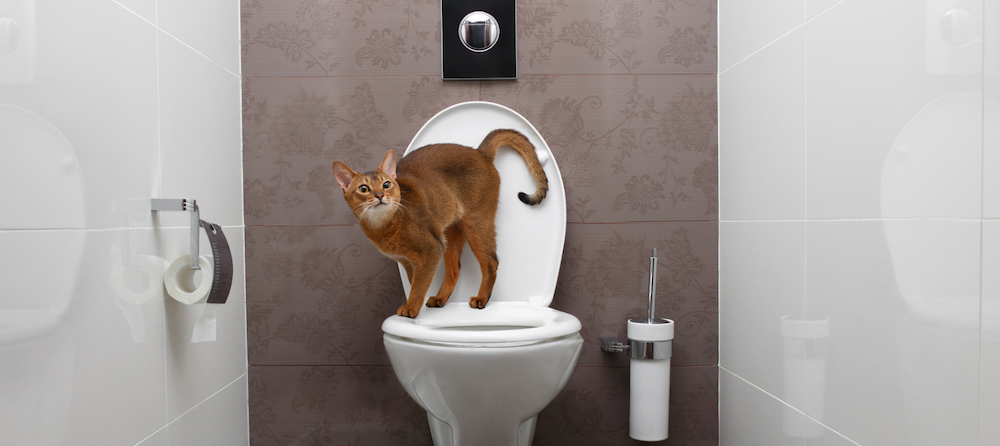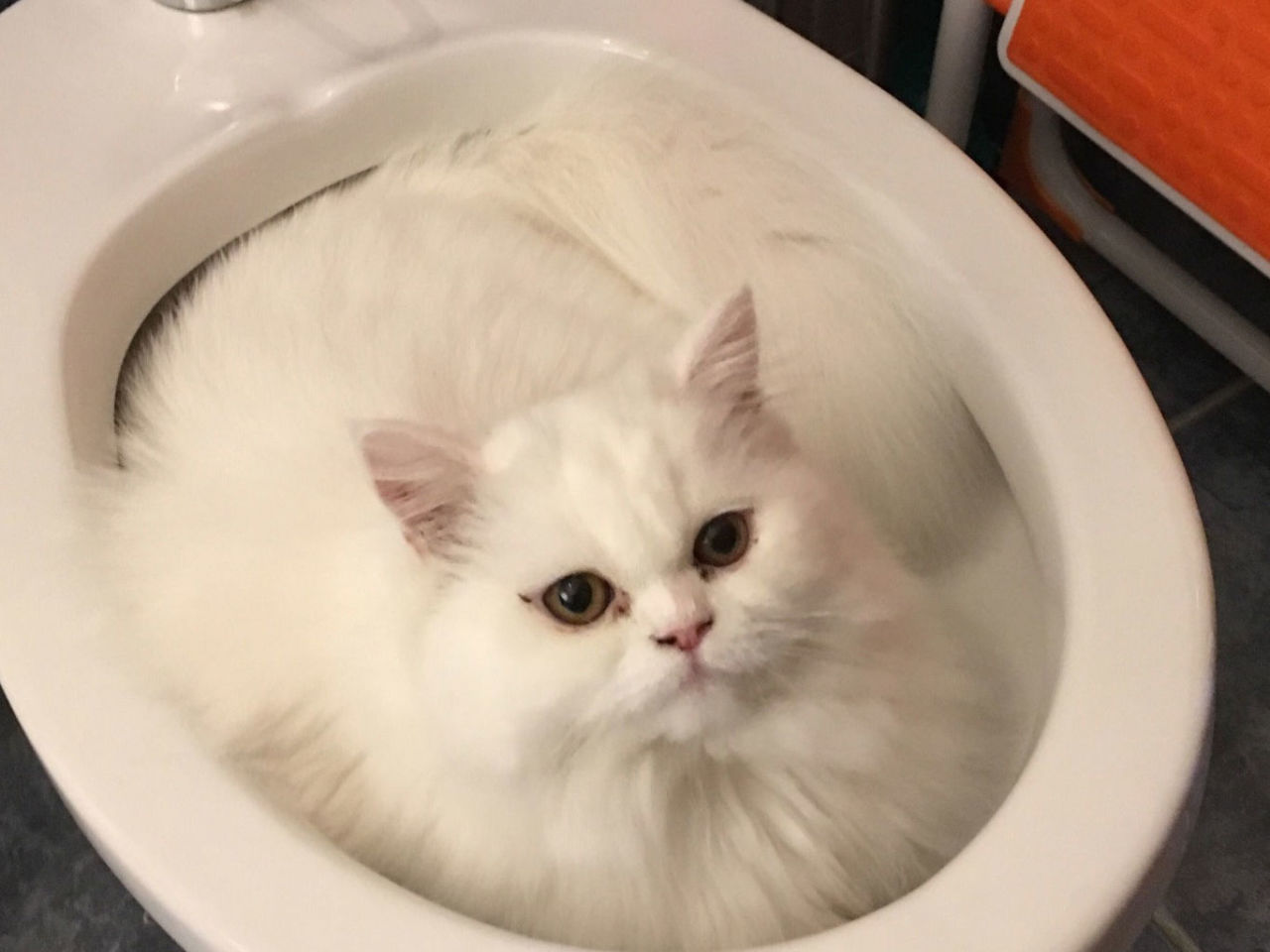Hazards of Flushing Cat Poop Down Your Toilet - Prevent Possible Issues
Hazards of Flushing Cat Poop Down Your Toilet - Prevent Possible Issues
Blog Article
Everybody is bound to have their personal theory when it comes to Don’t flush cat feces down the toilet.

Intro
As cat owners, it's essential to be mindful of how we deal with our feline pals' waste. While it may seem hassle-free to flush cat poop down the bathroom, this practice can have destructive effects for both the environment and human health and wellness.
Alternatives to Flushing
Thankfully, there are much safer and extra responsible means to deal with cat poop. Consider the complying with alternatives:
1. Scoop and Dispose in Trash
The most typical approach of disposing of feline poop is to scoop it into a naturally degradable bag and toss it in the garbage. Be sure to utilize a dedicated litter inside story and deal with the waste promptly.
2. Use Biodegradable Litter
Go with biodegradable pet cat clutter made from materials such as corn or wheat. These trashes are eco-friendly and can be securely gotten rid of in the garbage.
3. Hide in the Yard
If you have a lawn, think about hiding feline waste in an assigned area away from veggie yards and water sources. Make sure to dig deep sufficient to prevent contamination of groundwater.
4. Install a Pet Waste Disposal System
Invest in a pet garbage disposal system particularly developed for cat waste. These systems use enzymes to break down the waste, lowering smell and environmental effect.
Wellness Risks
In addition to ecological worries, flushing feline waste can also posture health dangers to human beings. Feline feces might include Toxoplasma gondii, a bloodsucker that can create toxoplasmosis-- a potentially serious health problem, specifically for pregnant ladies and people with damaged body immune systems.
Ecological Impact
Flushing pet cat poop introduces damaging pathogens and bloodsuckers into the water, presenting a substantial risk to marine environments. These impurities can adversely influence marine life and compromise water top quality.
Conclusion
Accountable pet dog possession expands beyond offering food and shelter-- it additionally entails appropriate waste management. By avoiding flushing pet cat poop down the bathroom and choosing different disposal techniques, we can decrease our environmental impact and safeguard human wellness.
Why Can’t I Flush Cat Poop?
It Spreads a Parasite
Cats are frequently infected with a parasite called toxoplasma gondii. The parasite causes an infection called toxoplasmosis. It is usually harmless to cats. The parasite only uses cat poop as a host for its eggs. Otherwise, the cat’s immune system usually keeps the infection at low enough levels to maintain its own health. But it does not stop the develop of eggs. These eggs are tiny and surprisingly tough. They may survive for a year before they begin to grow. But that’s the problem.
Our wastewater system is not designed to deal with toxoplasmosis eggs. Instead, most eggs will flush from your toilet into sewers and wastewater management plants. After the sewage is treated for many other harmful things in it, it is typically released into local rivers, lakes, or oceans. Here, the toxoplasmosis eggs can find new hosts, including starfish, crabs, otters, and many other wildlife. For many, this is a significant risk to their health. Toxoplasmosis can also end up infecting water sources that are important for agriculture, which means our deer, pigs, and sheep can get infected too.
Is There Risk to Humans?
There can be a risk to human life from flushing cat poop down the toilet. If you do so, the parasites from your cat’s poop can end up in shellfish, game animals, or livestock. If this meat is then served raw or undercooked, the people who eat it can get sick.
In fact, according to the CDC, 40 million people in the United States are infected with toxoplasma gondii. They get it from exposure to infected seafood, or from some kind of cat poop contamination, like drinking from a stream that is contaminated or touching anything that has come into contact with cat poop. That includes just cleaning a cat litter box.
Most people who get infected with these parasites will not develop any symptoms. However, for pregnant women or for those with compromised immune systems, the parasite can cause severe health problems.
How to Handle Cat Poop
The best way to handle cat poop is actually to clean the box more often. The eggs that the parasite sheds will not become active until one to five days after the cat poops. That means that if you clean daily, you’re much less likely to come into direct contact with infectious eggs.
That said, always dispose of cat poop in the garbage and not down the toilet. Wash your hands before and after you clean the litter box, and bring the bag of poop right outside to your garbage bins.
https://trenchlesssolutionsusa.com/why-cant-i-flush-cat-poop/

I'm just very drawn to How to Dispose of Cat Poop and Litter Without Plastic Bags and I hope you appreciated my blog post. Appreciated our blog? Please share it. Help another person find it. Thanks for your time. Visit again soon.
Click Here Report this page